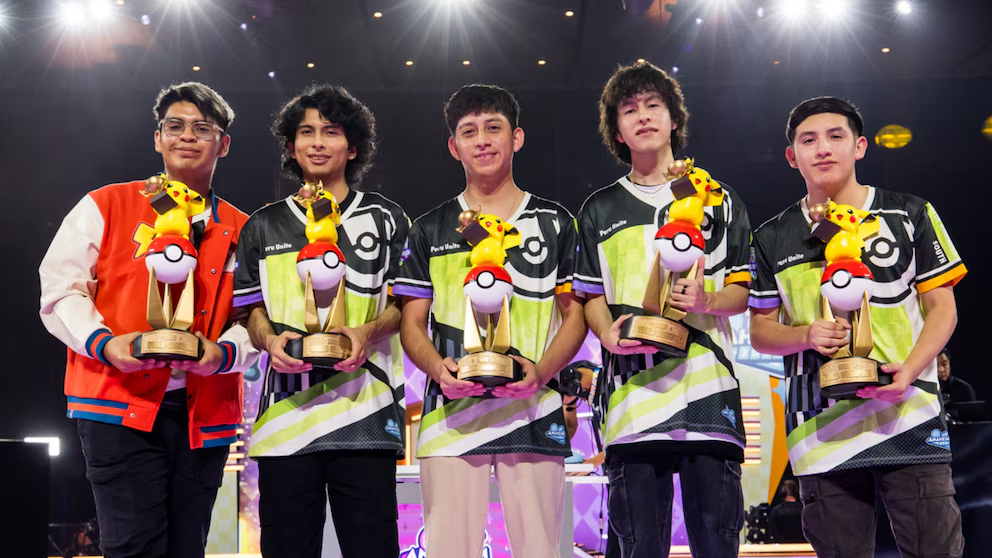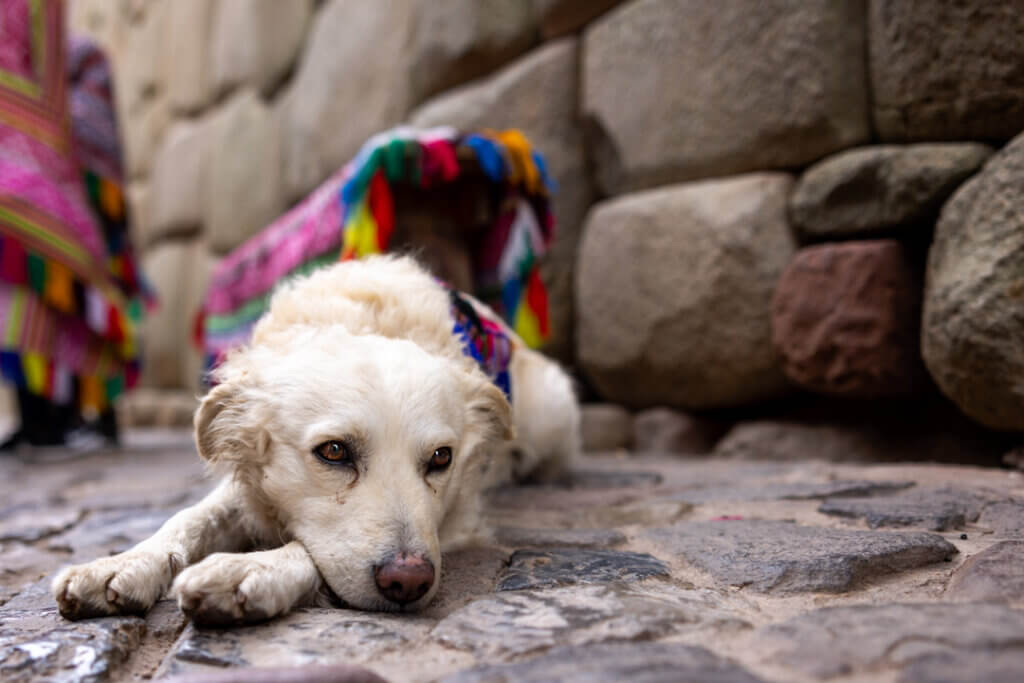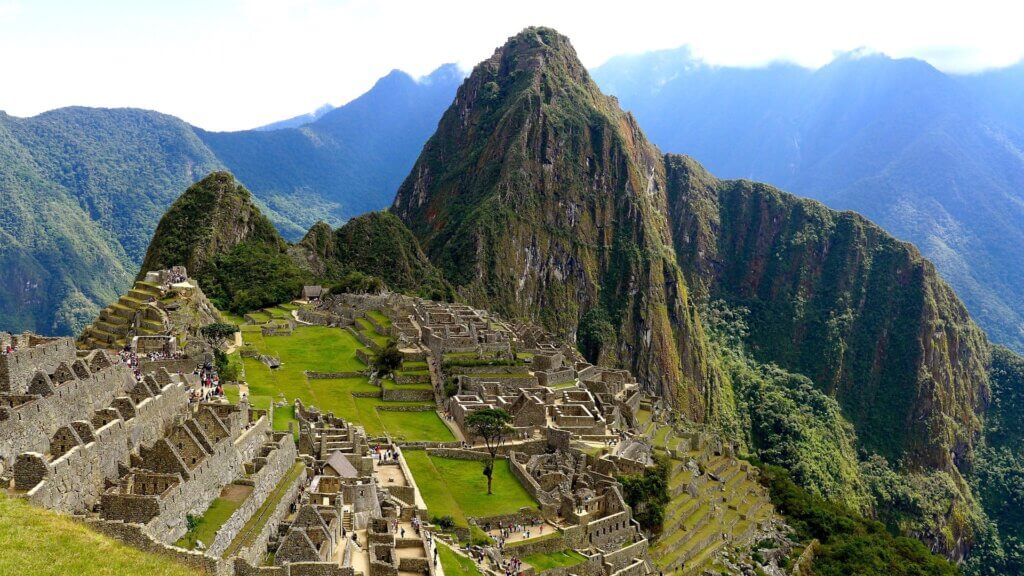
The Shining Path, or “Sendero Luminoso” in Spanish, is a guerrilla rebel organization in Peru.
See the latest news for the Shining Path.
Shining Path was founded in 1970 by Abimael Guzman (“Comrade Gonzalo”), a philosophy teacher inspired by the writings of Peruvian Marxist, Jose Carlos Mariategui. The name Shining Path came directly from a passage in Mariategui’s writing, “Marxism-Leninism will open the shining path to revolution.”
The organization began with a core group of intellectuals and idealists recruited by Guzman at the San Cristobal de Huamanga National University in Ayacucho. In the group’s first act of violence against the state on May 17, 1980, ballot boxes were destroyed on the eve of the country’s first national elections in over a decade.
At its peak the Shining Path had a presence throughout the country, including Lima, but primarily operated in the rural highland departments of Ayacucho, Huancavelica and Apurimac. These regions are home to mostly indigenous populations living in extreme poverty, isolated and disenfranchised from the nation’s power center in Lima.
The national government had little or no military presence in many villages of the rural highlands, so the Shining Path controlled large areas virtually unopposed. They launched a campaign of bombings, assassinations and other guerrilla attacks against the state throughout the country.
The Shining Path never gained much support among the Peruvian public. Rural villagers, often torn between supporting the rebels or the government, were eventually targeted by the guerrillas for participating in elections or not providing supplies.
The Shining Path was distinct from other insurgencies across Latin America in idealizing the “blood quota.” Dying for the cause was romanticized through extensive rhetoric such as “crossing the river of blood.” The results were not only a fiercely determined corps of militants, but also harsh treatment of its victims. The Shining Path quickly attracted the world’s attention for its lethal brutality. The rebels often held public executions — sometimes mass executions — by stoning.
The government struggled to respond to the threat in the Andean highlands. The Peruvian military was almost entirely recruited from the urban coast. The cultural differences between the Creole security forces and the local indigenous populations strained a working relationship. Mass atrocities were committed by both the Shining Path and Peruvian military, in which the victims were often civilian peasants.
On July 16, 1992, Shining Path guerrillas detonated a car bomb in Lima’s upscale district of Miraflores, killing 25 and injuring dozens. The Tarata bombing, as it became known, was the Shiny Path’s deadliest single act of violence.
By 1990 the Shining Path had been officially designated a terrorist organization by governments throughout the world, including the United States and European Union. In 1990, Alberto Fujimori was elected President of Peru. He increased the pressure on the Shining Path by sending rifles to the “rondas campesinas” — locally organized vigilante forces in the Andean highlands which opposed the Shining Path. What had been a conflict that shook the halls of power in Lima changed course once the rondas had explicit support from the government. The Maoist philosophy never converted many followers from the indigenous populations of the Andes, many of whom had converted to Protestants and were horrified by the Shiny Path’s violence. The armed rondas prevented the Shining Path from safe shelter in the towns, and the rebels could no longer extort defenseless populations for supplies.
In 1992, Peruvian police captured Shining Path leader Abimael Guzman in Lima. While still operational, the guerrillas never recovered from the loss of Guzman, who enjoyed a powerful personality cult. In 1999 Guzman’s successor, Oscar Ramirez (“Comrade Feliciano”), was captured. Both were sentenced to life in prison. The organization splintered into small factions.
After the fall of President Alberto Fujimori, Alejandro Toledo’s government sponsored a Truth and Reconciliation Commission to investigate the 20-year conflict. In 2003, their report stated that over 69,000 people had been killed.
While the Shining Path has carried out scattered attacks since 2000, the organization’s threat to the state has diminished. In 2006, the guerrillas’ ranks were estimated at 300 members. What remained were small bands committed to drug trafficking. In 2012, authorities captured the new guerrilla commander, Florindo Eleutorio (“Comrade Artemio”).
The Shining Path is currently led by Victor Quispe (“Comrade Jose”).
In 2011, Shining Path lawyers submitted 360,000 signatures to register as a new political party, Movadef. The electoral authority denied the registration on the grounds the organization advocated terrorism.
While the Shining Path once posed a serious threat to topple the state, the group is partially focused on drug trafficking, while other factions attempt to register as a political party and free Abimael Guzman, who is now 80 years old.






